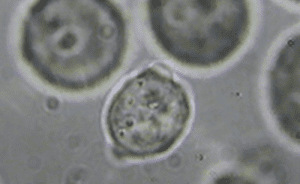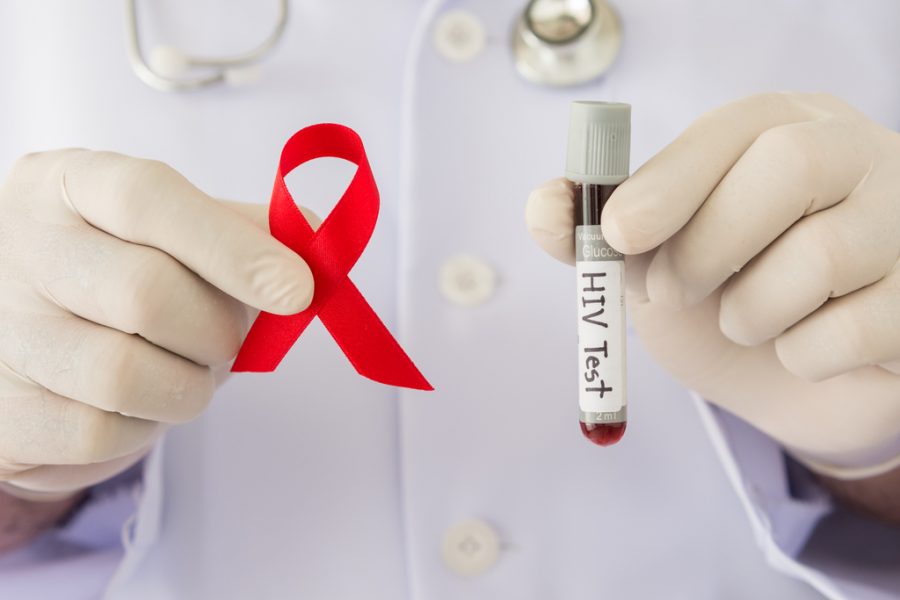Conventional methods for diagnosing human immunodeficiency virus 1 (HIV‐1) infection include blood tests and Western blots. The sensitivity of these tests approaches 100%; however, these tests make use of labels and cannot detect HIV infection in the acute phase where HIV specific antibodies have not yet developed.
Individuals with acute infection of HIV are highly infectious because of their high viral loads and therefore accurate and early detection of HIV is of essence. Identification of the acute phase of HIV requires the use of HIV nucleic acids or p24 antigens, which are labor intensive, expensive, and laboratory based, making them unsuitable for resource limited settings or point of care (POC) applications.
Transmission measurement is a real‐time and non‐invasive optical detection technique that has found wide applications in the pharmaceutical industry, as well as in biological and medical fields. One drawback to these transmission measurement studies is that they take average measurement of cells and yield information on the average properties. As a result, the information and properties of single cells is overshadowed.
However, when combined with optical trapping, transmission measurement provides a powerful, non‐contact technique that allows isolation and manipulation of single cells, as well as information on how a single cell changes. Optical trapping has become an important scientific tool for the micromanipulation of a variety of biological materials such as viruses, bacteria, and cells suspended in aqueous and gaseous media.

Image of trapped and untrapped TZM‐bl cells in suspension. The trapped cell is in the focal plane while untrapped cells appear out of focus
A team of scientists from South Africa have developed an optical trapping system combined with laser transmission measurement set-up using a single beam gradient trap. They tested and demonstrated their optical trapping transmission measurement technique for the spectral analysis of HIV‐1 infected cells.
This combination of near‐infrared transmission with an optical trapping system was able to provide label‐free trapping and transmittance spectra of infected and uninfected TZM‐bl cells without any phototoxic and/or thermal damage.
“The results obtained revealed that there are significant differences between the transmittance spectra of the HIV‐1 infected and uninfected cells, consequently, the transmission data shows that it is possible to differentiate between infected and uninfected optically”, says team member, Patience Mthunzi-Kufa.

















